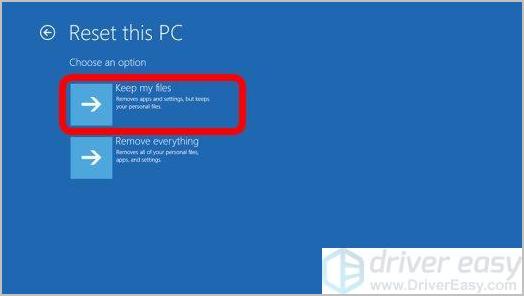


Follow the on-screen instructions to complete the resetįactory resetting your computer can be a great way to fix technical issues, remove viruses, and erase personal data.Select your startup disk and click "Erase".When the "Mac OS X Utilities" window appears, select "Disk Utility".When the Mac restarts, hold down the Command (⌘) and R keys at the same time.Select the "Macintosh HD" disk and click "Restart".

Go to "System Preferences" and select "Startup Disk".Here are the steps to factory reset a Mac: Follow the on-screen instructions to finish the resetįor Mac users, factory resetting your computer is a bit different.Choose whether to keep your files or remove them.Under the Recovery tab, select "Reset this PC".Go to "Settings" and select "Update & Security".Here are the steps to factory reset a Windows 10 computer: The steps to factory reset a computer will vary depending on your operating system. You should also make sure to have the necessary software and drivers to reinstall after the factory reset is complete. Cautions Before Resetting Your Computerīefore factory resetting your computer, be sure to back up your important data, as all data on the computer will be deleted. It can also be used to remove personal data from a computer before you sell or donate it. If your computer is running slowly, has malware, or is running an outdated version of an operating system, a factory reset can be a good way to fix the problem. There are several reasons why you might want to factory reset your computer.

Why Should You Factory Reset Your Computer? Factory resetting a computer or device will restore it to its original settings, and will delete all user data. It is also known as a "hard reset" or "system restore." It is often used to fix problems or remove viruses from a computer.


 0 kommentar(er)
0 kommentar(er)
